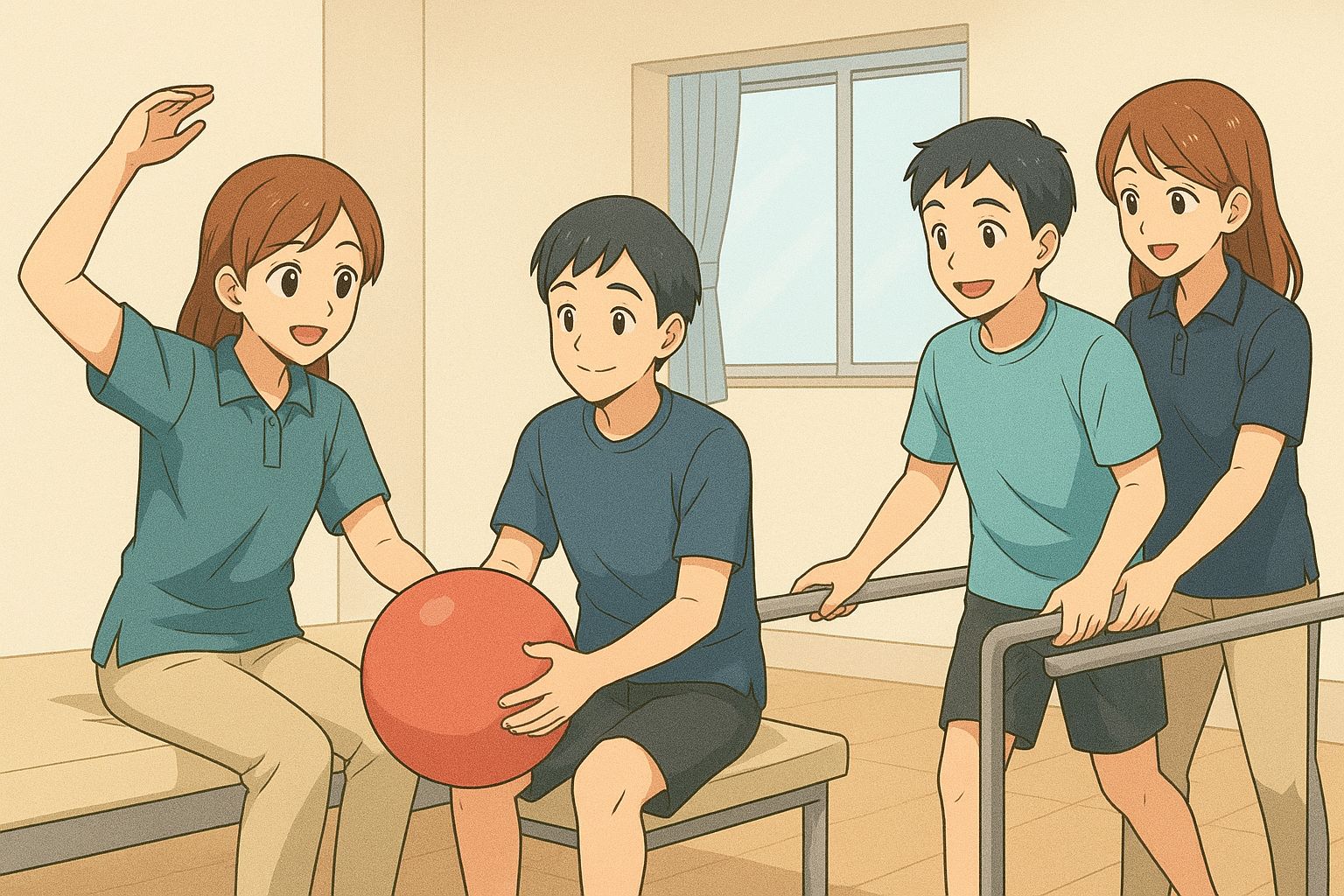- Neuro Pro Digest
- Posts
- Stop Chasing Perfect Form
Stop Chasing Perfect Form
The Brain Learns Best Through Chaos

Welcome to Neuro Pro Digest!
Ask most therapists about good neurorehab and they’ll mention “teaching correct form.” But what if chasing perfection actually underscores slower learning and fragile progress?
Recent neuroscience shows: The brain masters new movement by practicing many ways to move — not by repeating ideal patterns.

🧪 The Science: Variability Supercharges Neuroplasticity
Motor learning theory reveals “error” and movement variety fuel brain rewiring. Each attempt — even flawed — gives the nervous system a unique sensory snapshot.
Clinical trials show that variable practice results in:
Faster acquisition
Improved generalization (skills transfer outside the clinic)
Lower risk of “performance drop-off” in real-world conditions
Repeated “perfect” movements may produce overfitting: the brain adapts to clinic cues, but fails when context shifts (think: uneven ground, busy street, noisy home).
🥇 Why Do We Get Stuck on Perfect Form?
Visual Bias: It “looks” like progress, but doesn’t reveal hidden errors in sensory or cognitive systems.
Professional Training: Manuals and textbooks emphasize demonstration and correction.
Patient Requests: Many clients feel safer with clear rules — but this can create dependency, not capability.
🛠️ Practical Takeaway — What to Do Differently
Design rehab with “controlled chaos” at its core.
Vary the order, environment, and tempo of exercises.
Encourage patients to “solve problems” during movement (e.g., walk over pillows, then books; walk to a beat, then at random speeds).
Celebrate productive mistakes: Each novel attempt gives the brain more “material” to learn from.
💡 Therapist Toolbox: Embedding Variability
Traditional Drills | Variability‑Based Drills |
|---|---|
Repeating sit‑to‑stand from same spot | Change chair height, armrest use, speed |
Walking down a flat hall | Add obstacles, distractions, new surfaces |
Reaching for a set target | Move objects, vary size/weight, eyes closed |
Try: For any “core” rehab task, brainstorm 3 ways to make it different in the next session.
👁️ Real-World Example
A patient struggling with balance improves more after practicing step-ups on a curb, grass patch, foam mat, and busy clinic entryway — than hundreds of times on the same steps.
Over a month, they fall less outside therapy, even if they “mess up” more in session at first.
🚩 Common Therapist Roadblocks (And Solutions):
“Won’t this confuse my patient?”
Solution: Start with simple variations and progress gradually; explain the why.“How do I know they’re getting better if the task keeps changing?”
Solution: Track functional goals and “minimum performance” (safety, independence), not just form.
🚀 Quick Action Tips for This Week
Pick one familiar rehab activity.
Change at least two variables (surface, speed, distraction).
Coach “adapt, not perfect.”
Debrief with your patient — ask what felt easiest, hardest, most surprising.
📚 Further Reading
📝 Reflection for Clinicians
“Every imperfect repetition is a message for the brain. Your job isn’t to eliminate error — it’s to make sure patients learn how to recover from it.”
Want evidence—not just enthusiasm? Stop chasing hours, and start chasing what really drives change. Subscribe for field-tested, no-nonsense neuro rehab insights every Sunday.
Thanks for reading,
Keegan
Before you go,
Was this email forwarded to you? Subscribe below for free!